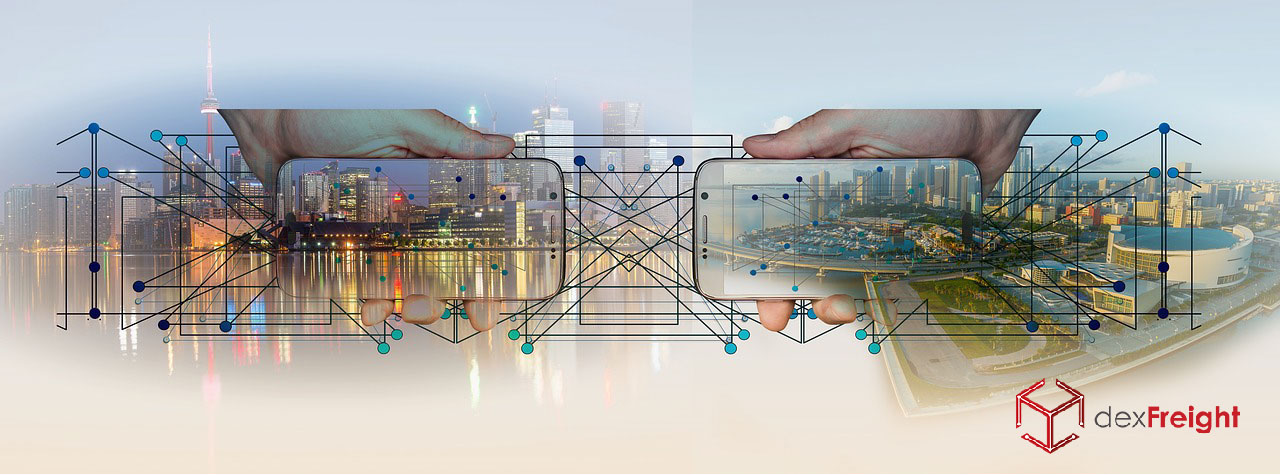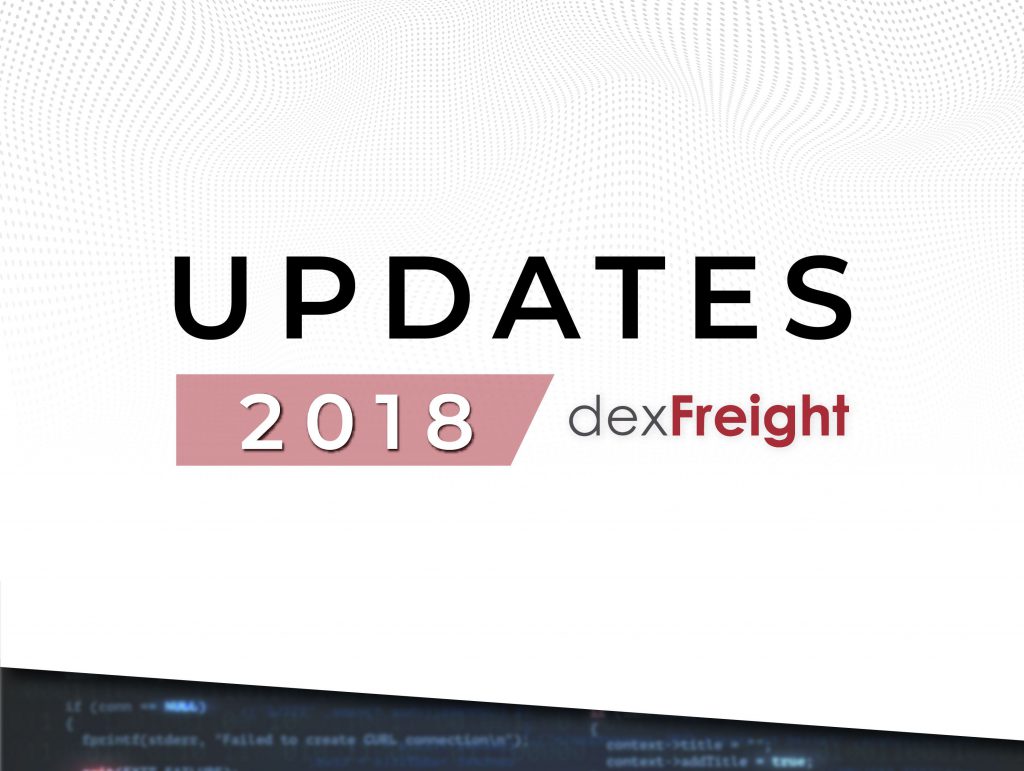Of all the industries in the world today, logistics is the largest. In the United States alone, it constitutes over 8% of annual GDP, and as demand for goods from distant lands continues to grow, so does the industry itself. By 2023 it is forecasted to reach over $15.5 trillion globally.
But with growth comes pain. This slice of the global economy is riddled with problems. The multiplicity of stakeholders that do not necessarily know or trust each other has led to over-reliance on non-value-added intermediaries, creating data silos that cripple the possibility of achieving higher levels of efficiency.
The traditional way of doing business just isn’t enough for this increasingly complex web of activities. But blockchain has the potential to overcome this. The integration of blockchain technology into the supply chain is expected to align incentives and speed up efficiency from all angles. Companies like dexFreight are unleashing this technology to the benefit of shippers, carriers, 3pls and receivers on every corner of the globe.
Blockchain is a digital ledger in which transactions are recorded chronologically and publicly. Yet this simple definition barely scratches the surface of its multi-dimensionality, which we’ll delve into later.
First and foremost, there is the Blockchain, which works like a freight train. As it moves swiftly along the tracks it is openly visible to external spectators, letting them know that a general transaction has taken place.
Unlike the logistical processes widely used today, which continue to rely on email, fax machines and paper, transactions on the dexFreight platform are digitized by the use of smart contracts. A smart contract is a computer protocol intended to digitally facilitate, verify, or enforce the negotiations and transfer of value. These transactions are trackable and irreversible.
Thanks to this technology, it is impossible for a user to conceal any blemishes on their integrity. Why? Because the details of each previous transaction have been objectively recorded in the blockchain. Imagine the exterior of each train car displaying a stone ledger with the details of previous transactions (delays, successful deliveries, delayed payments, etc.) etched in by all parties involved when the transaction took place, for everyone to see.
This is just a metaphor, of course. The activities in mention are digitally engraved into the blockchain and unalterable without the approval of all parties involved in the transaction. This enables a whole new level of objectivity, transparency, efficiency, and trust.
Digitization and virtual consolidation on transactional data is the bridge that will allow supply chains to join the fourth industrial revolution, reaching levels of optimization and process automation that were previously impossible. Ultimately this means shorter times and lower costs to get products into the hands of end consumers.
dexFreight is building a blockchain based platform that will be owned by users, designed to foster effective collaboration with optimal levels of visibility and accountability for all parties involved.
2 min read





